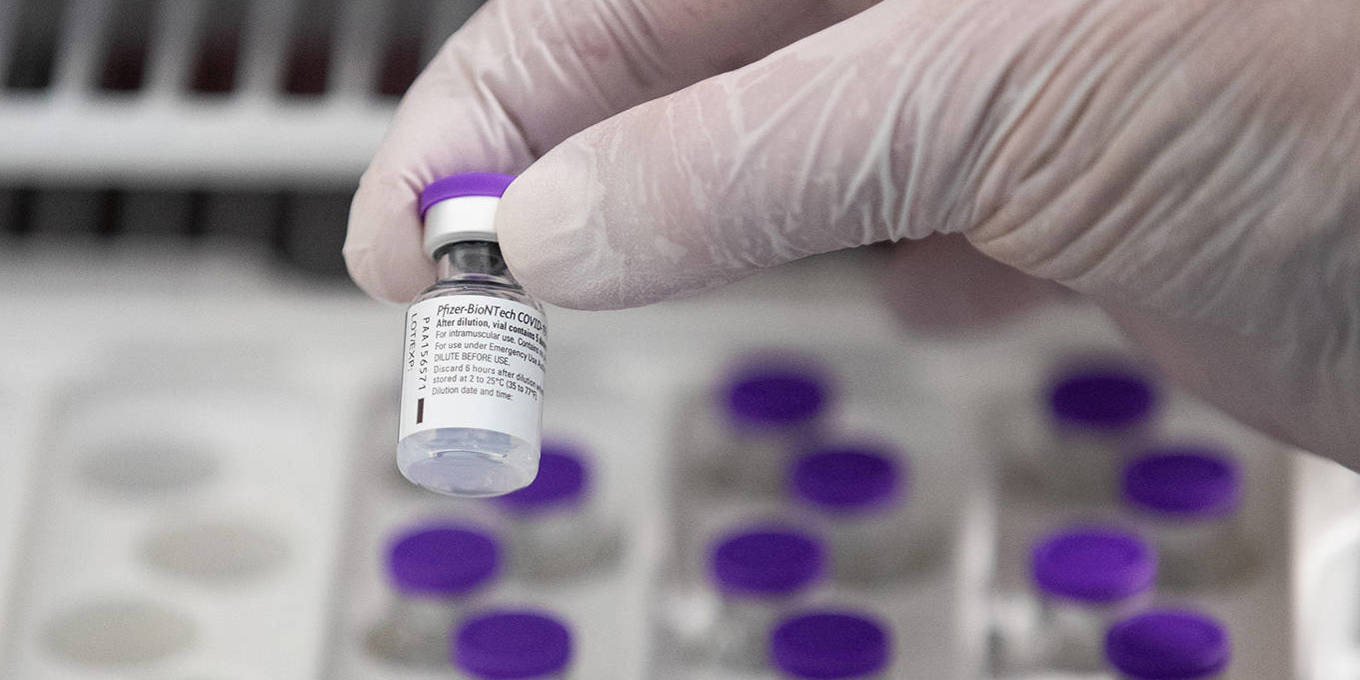
LONDON – COVID-19 cases are on the rise again, offering a stark reminder of the lessons we ought to have learned from previous waves. Far from being confined to COVID, most of these lessons apply to infectious-disease threats generally.
The pandemic demonstrated that we have the scientific and manufacturing capabilities to develop and mass-produce safe and effective vaccines quickly in the face of novel threats. But the success of the COVID-19 vaccines also reflected two decades of tireless efforts by scientists in academia and the private sector; and when the moment of truth arrived, a timely injection of public funds carried that work across the finish line.
If there was one technology that played an especially pivotal role, it was mRNA – or messenger RNA – which offers a level of adaptability and scalability that makes it highly suitable for pandemic preparedness and response (PPR). Already, mRNA vaccines and treatments are being tested for a wide variety of diseases, and efforts are ongoing to expand the technology’s usability (such as by improving its temperature stability). When the next viral epidemic hits, mRNA vaccines will most likely be the first solution out of the gates.
To continue reading, register now.
Already have an account?
Log in
